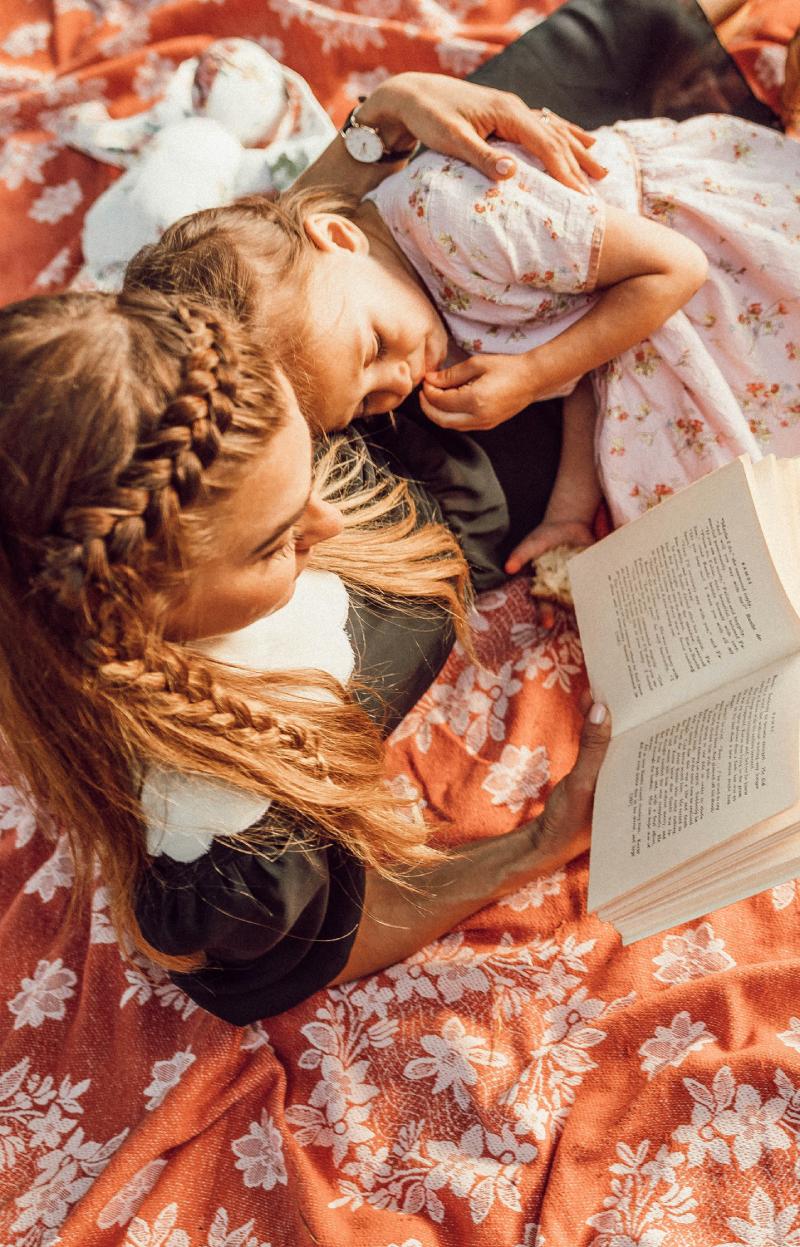15 Scrumdiddlyumptious Snippets About Roald Dahl

Imagine if there were no Oompa Loompas, Matilda Wormwood, or Muggle-Wumps in the world. It would be quite dull, wouldn't it? Let's celebrate the amazing author who brought these characters to life by exploring some fun facts about Roald Dahl and his fantastic books for kids.
1- Secret agent man
During World War II, Dahl served as a spy for the British Secret Intelligence Service (MI6) in Washington, D.C., rubbing shoulders with high-ranking officials and charming his way into diplomatic circles while gathering intelligence for the Allies.
2- Linguistic wizardry
Roald Dahl made up over 250 nonsense words, with many showing up in “The BFG” and others in his other stories. An official Oxford Roald Dahl Dictionary even exists to help you distinguish snozzberry from snozzwanger.
3- Chocolate dreams
At boarding school, Dahl’s experience as a chocolate taster inspired his fantasy of winning a magical prize and taking over a chocolate factory, shaping the idea for “Charlie and the Chocolate Factory”, which has sold over 20 million copies and has been adapted into 3 films. Actually, when it was initially published in 1965, it faced backlash for being perceived as racially insensitive, particularly concerning its portrayal of the Oompa-Loompas as “African pygmies from the very deepest and darkest part of the jungle.”

4- Writing was never Dahl’s favorite subject in school
During his time at school, Roald Dahl received dismal feedback on his writing, with one teacher even stating in his report, ‘I have never encountered a boy who consistently writes the complete opposite of his intended meaning. He appears unable to organize his thoughts on paper.’
5- Roald Dahl’s first children’s book was inspired by his time in the Royal Air Force
Dahl served in the Royal Air Force during World War II. His initial children’s book “The Gremlins’ ‘, released in 1942 was influenced by his RAF experiences, and depicted mischievous creatures meddling with RAF aircrafts. It was originally written for Walt Disney, but no movie was produced.
6- Dahl began writing for children after he became a parent
It was his experiences as a father that truly sparked Dahl’s foray into children’s literature. His imaginative stories were often inspired by bedtime tales he spun for his own children. Dahl once said, “A little nonsense now and then, is cherished by the wisest men”.
7- The great Dahl Debate
Dahl’s writing has sparked lively debates among educators and parents. Some praise his books for their imaginative storytelling and moral lessons, while others criticize them for their dark themes and irreverent humor, sparking discussions about the role of children’s literature in shaping young minds.
8- Dahl was multilingual
He was fluent in Norwegian, English and Swahili.

9- Unconventional writing habits
He preferred writing in a small shed at the bottom of his garden, with a cozy armchair, a makeshift desk, and a tray of sharpened pencils, which no one was allowed to enter. He also wrote his stories in pencil on yellow legal pads, and never learned how to type.
10- From cherries to peaches
Dahl originally thought of using a giant cherry for “James and the Giant Peach” but chose peaches because he found them to be more aesthetically pleasing, larger, and squishier than cherries.
11- Strange things found in in Dahl’s writing hut
In his shed, he stored a collection of peculiar items, among them a metallic silver ball crafted from chocolate wrappers from his childhood, as well as a piece of his femur-which was removed after surviving a crash landing in Libya- he used it as a paperweight in his office.

12- Mr. Twit’s beard of disgust
In Roald Dahl’s “The Twits,” Mr. Twit’s character reflects the author’s strong dislike for men with beards. The book vividly describes the revolting food scraps stuck in Mr. Twit’s beard, and Dahl expressed his intention to “do something against beards”.
13- Most of Dahl’s stories were inspired from real life people and events
In “The BFG,” the character Sophie was named after Dahl’s first grandchild. The BFG himself first appeared in “Danny, the Champion of the World,” as a bedtime story told by Danny’s father.
The terrifying headmistress Miss Trunchbull in “Matilda” was said to be partially inspired by the authoritarian headmasters Dahl encountered during his own school days. Additionally, her exaggerated cruelty may have been influenced by Dahl’s dislike for certain authority figures.
14- Roald Dahl played a pivotal role in advancing neurosurgery
In 1960, a cab driver struck Dahl’s son Theo’s carriage in New York City, resulting in Theo suffering from hydrocephalus, a condition causing fluid buildup in the brain. Dahl took a proactive role in Theo’s recovery and collaborated with toymaker Stanley Wade and neurosurgeon Kenneth Till to develop a shunt to alleviate the condition. This device came to be known as the Wade-Dahl-Till valve.

15- Roald Dahl Day
Dahl’s impact is celebrated annually on September 13th, his birthday, with Roald Dahl Day. Fans around the world honor his legacy by dressing up as characters from his books, hosting themed events, and sharing their favorite Dahl quotes and stories.
Which was the most interesting fact for you?




